Android as an operating system has become quite efficient in recent years. Google has focused a lot on its file management system and apps have gotten a lot cleaner. The engine that drives ads on your Android device has also become a lot faster and more efficient. But this has come at the cost of storage space, your OS files have become larger, apps have become heavier and games have gotten more resource-intensive.
With all this in mind, it is no surprise that your Android device can fill up quickly despite its large storage capacity. While you can quickly identify which photos, videos, files, documents, apps, and games are consuming the storage real estate, some files might be put under the ‘Other’ category by the system.
The system basically puts any unidentified storage files under the ‘Other’ in your Android device’s stock memory analyzer. If you have been looking for a solution to this problem, then you have landed at the right place.
We have compiled this comprehensive guide that will cover all the reasons for your storage filling up, and provide most if not all the solutions that will be applicable to your device. Let’s get started.
What’s in ‘Other’ category in your device storage usage list
Here’s what is filling the storage marked as ‘Other’ on your device.
Private App Data
The most prominent reason for your storage space filling up under the ‘Other’ tag has been identified to be Private app data. This could be additionally downloaded files, failed OTA updates, cloud sync files and much more.
Most apps and games nowadays have smaller installation files but require heavy downloads over the Wi-Fi to be completely operational. Moreover, there are apps that will sync to the cloud and constantly download and upload data depending on your preferences.
Furthermore, streaming services can often glitch out and fail to delete cache files which can also clog up the storage space on your Android device.
Failed Backups
Google gives you the option to backup your mobile data to the cloud in Google drive. There are also other services that allow you to do the same with attractive pricing options.
Keeping your device synced to the cloud has a lot of advantages, you will have a backup of all your data even if you lose it, you can access all your files on the go despite having low space on the local storage of your device.
Cloud services also offer perks like password vaults, game data backups, free storage space, file hosting and much more. But often these services can glitch out due to regular updates and new features.
Even though most of these issues get fixed instantaneously, there can be failed backups on your device locally that might not be recognized by the backup service itself. There can also be duplicate files on your device that might be taking up extra space which will show up under the ‘Other’ category.
Failed OTA Updates
New devices are usually eligible for a few major OS updates in their lifetime and regular security updates as well. Since the past decade, most of these updates have been provided OTA which is easier for the consumer as the device can be updated remotely without the need for a PC.
On the other hand, the drawback of OTA updates is that they can easily fail on a slow network or a network that frequently resets. Higher internet ping can also lead to the failure of OTA updates and not to mention that they are virtually impossible if you are traveling for long hours.
All these half downloaded updates and temporary installer files can also show up as ‘Other’ data in your device and might require you to clean it up manually.
Your browsers, apps, and games constantly connect to the internet and download a lot of data in the form of text, images, and videos. These could be consumer files, ads, content and much more. All of these files are usually programmed to get cleaned upon exit in order to keep your local storage free from clutter.
But there are instances when these files get leftover, this is a common occurrence in the case of mobile browsers. If you fail to clear up your website data then your browser’s local storage could end up taking a significant amount of storage on your device.
All of these temporary files and cache files will show up as ‘Other’ when you analyze your filesystem using Android’s stock settings app.
How to free up storage space and clean ‘Other’ section in storage
Here’s how to clear the files and data in the ‘Other’ category of storage.
Use ‘Clean up’ option on your device
Almost all Android devices these days give you an option to clean up the storage of your device in the Settings app itself. Here’s how to use it:
- Open the Settings app on your device.
- Scroll down and find the Storage option. On Samsung devices, it’s under Device Care. Alternatively, you can also simply search for ‘storage’ by using the search bar at the top.
- Under Storage, the UI may be different for different Android phone, but you can tap on any item to find more info about its content, and then can selectively delete stuff.
Use a Storage Analyzer/File manager app
The best way to get a good solution is to understand your problem completely. Having an efficient file manager will help you get a more clear look at the larger files on your local storage.
You would be able to sort them according to their size which will help you identify large files much more easily. Additionally, you can also view system files and hidden files on your local storage which might be the root cause for your huge ‘Other’ data. Here are some recommended file analyzers and file managers.
1. File Manager By Flashlight + Clock
A file manager is one of the most popular apps for managing your storage that is currently available on the play store. It provides a comprehensive look at your local storage, SD card and even external storage options that are connected via OTG.
The file manager will classify your files into predetermined categories like images, videos, audio files, system files, downloads, etc. The File Manager also gives you the ability to sync to cloud and remote services for on the go access as well as allows for a comprehensive storage analysis of your file system.
2. Storage Analyzer & Disk Usage By Anton Patapovich
The Storage Analyzer & Disk Usage focuses more on the cleaning aspect of your local storage. It comes with an interactive and detailed UI as well as an inbuilt cache cleaner for your device.
It also has virtualization parameters that will display graphs, pie charts and more according to different variables like storage size, date created, last opened and more. It also comes with a widget that can be directly placed on your home screen as well as a Top 10 feature that will display your largest files for easy cleaning.
3. Disk Usage By Ivan Volosyuk
Disk usage is a comprehensive file manager that focuses on privacy. It is an open-source code project that displays visual data on all your files for easy cleaning.
It has detailed diagrams to identify the largest files and directories on your filesystem which can then be cleaned manually.
4. Ghost Commander By Ghost Squared
Ghost commander is another privacy-focused dual-panel file manager which is also a dropbox client. It allows for easy sorting of files based on name, size, extension, and date.
The file manager has the ability to modify partitions and supports compressing and decompressing of files as well. The ghost commander also has an FTP client built-in and its own text editor and image viewer
5. Amaze File Manager By Team Amaze
The amaze file manager is another open-source file manager that comes with its own basic material design and support for AES encryption. The file manager also has support for major cloud services and its own database reader.
It also has .zip and .rar support and comes with an in-built APK reader. It is one of the few file managers on our list that does not have in-built ads which is a huge plus.
RELATED: Best Android apps to clean up device storage
Check data used by proprietary apps
Android’s in-built stock memory scanner can also be a huge help if your app data is clogging up your local storage. To make use of this feature follow this simple guide.
- Open your ‘Settings’ app.
- Navigate to ‘Storage Options’ and open it.
- If your manufacturer allows, then sort the apps according to their size. If not, then manually scan the apps to find the ones with exorbitant data sizes.
- Open the app and click on clear cache.
- If that does not help, then click on clear all data.
Note: If you click on clear all data, you will have to login again into your app and download the additional data that might have been needed at the time of its initial installation.
Check Android/obb & Android/data directories
Deleted apps are often leftover in your filesystem due to certain glitches of incompatible updates. These leftover app files are also caused due to third party launchers that have not been optimized for your device.
If you are unable to clear your ‘other’ storage using the above-stated methods then you should resort to this method. There might be leftover app files from your deleted apps in your local storage which you might need to clean manually.
- Open your desired File Manager.
- Navigate to settings and enable ‘Show System Files & Folders’.
- Now Navigate to ‘/Android/obb’ in your file manager.
- Most files in this section of your local storage will be named in the following format ‘com.ABC.XYZ’. ABC being the developer name and XYZ being the App name.
- Scan this section for names of deleted apps and delete the ones that you find.
- Once you are done in ‘/Android/obb’ navigate to ‘/Android/data’.
- Follow the same steps as the previous folder to identify left-over data from deleted apps. Delete the ones that you find and then check your ‘Other’ storage.
Move data to SD card & reset your phone
If the above-mentioned methods fail to help clear the ‘Other’ storage section on your local storage then it might be time to adopt severe solutions to solve this problem.
You should start by using the SD card method as it’s faster, easier and does not require a full backup of your device. Follow these steps.
- Insert a high capacity SD card into your device. If your device does not have an SD card slot then consider using an OTG card reader.
- Now create a manual local backup of all your important data files.
- Locally backup your contacts and saved passwords onto the SD card.
- Now reset your device to its factory settings.
- Set up your device as new and restore your files and local contacts backup from your SD card.
Your ‘Other’ storage should have cleared up and things should be back to normal by now.
Go back to stock ROM if you are using a Custom ROM
If your device is rooted and you have been using a custom ROM then there is a high chance that your custom ROM has glitched out. A few major custom ROMS including the likes of Lineage OS, Pixel OS and more have experienced bugs where the file system ends up duplicating itself numerous times.
This can clog up the memory on your local storage which could end up as unidentified files in the ‘Other’ section of your memory scanner. A good idea to solve this problem if the above-mentioned methods do not work is to revert back to your Stock latest ROM and wait for an update from your Custom ROM’s developer.
Additionally, you could also raise a help request on the developer’s Github account in case he/she is regularly active and responsive to bug reports.
Clear device cache in Recovery mode
Another method to try and clear your ‘Other’ category in your file system is to clear your UI cache in Recovery Mode.
Note: Recovery mode is a sensitive menu with options that could potentially brick your Android device if they are messed around with. Proceed with caution and if you are not confident about your technical prowess then you should try the next solution.
► How to clear the cache of an Android device
Follow the guide linked right above to reboot into recovery mode and clear the cache of your Android device.
Nuclear option: Factory reset your phone
If nothing else seems to work then it would be a good idea to simply reset your device back to its factory settings and set it up as a new device. It may also speed up the phone a bit, for what it’s worth. This will definitely clear up your storage and give you a fresh start.
- Back up your device appropriately. You can force Android to back up your data to Google Drive. And for Samsung devices, using smart switch for backup is a great idea.
- Open the ‘Settings’ app.
- Use the search bar at the top to search for the ‘Factory reset’ option.
- Tap on the ‘Factory reset’ option.
- Proceed to perform the factory reset depending on the UI of your phone.
- Selectively restore your data back to your device and monitor your device storage.
Alternate method: You can also reset the device using the recovery mode. If you not able to start your phone or use your phone properly, you can power it off, reboot to recovery mode, and perform a factory reset from there. See the link right below for a guide on this.
► How to factory reset from recovery mode
This guide was aimed to help you clear storage from your Android devices. What did you think about our guide? Did we miss out on anything? Let us know in the comments section below.









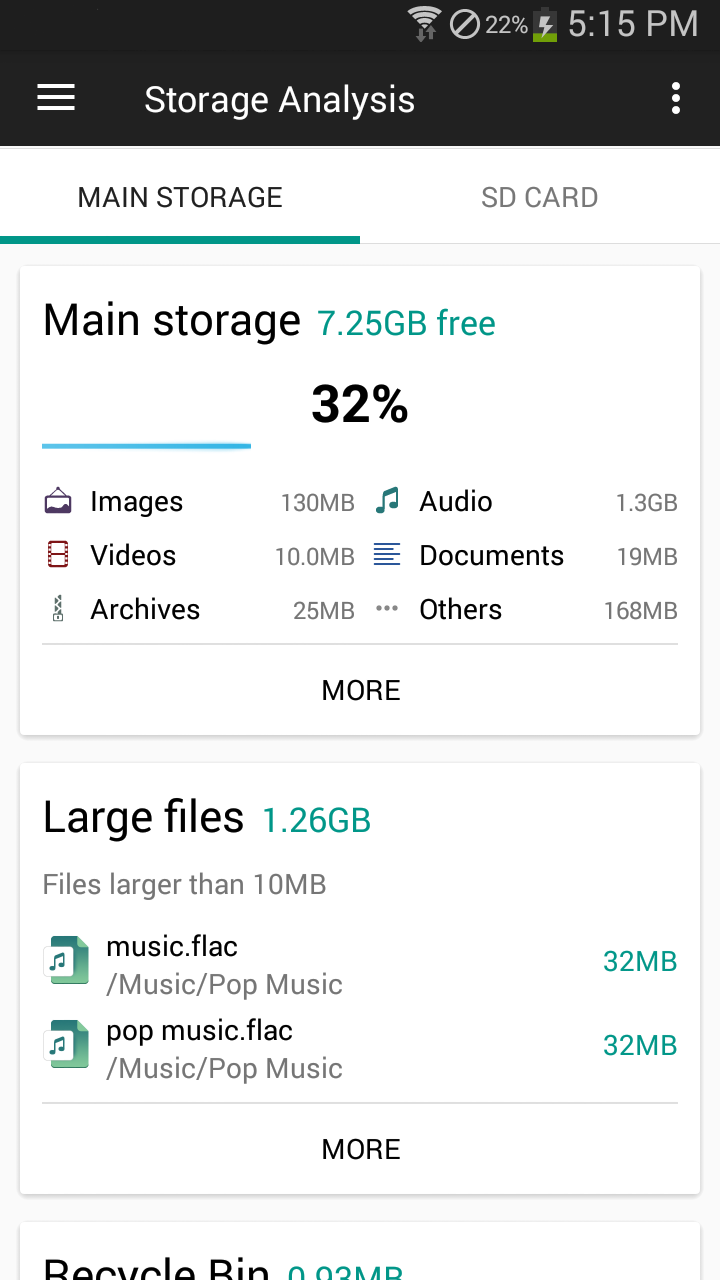

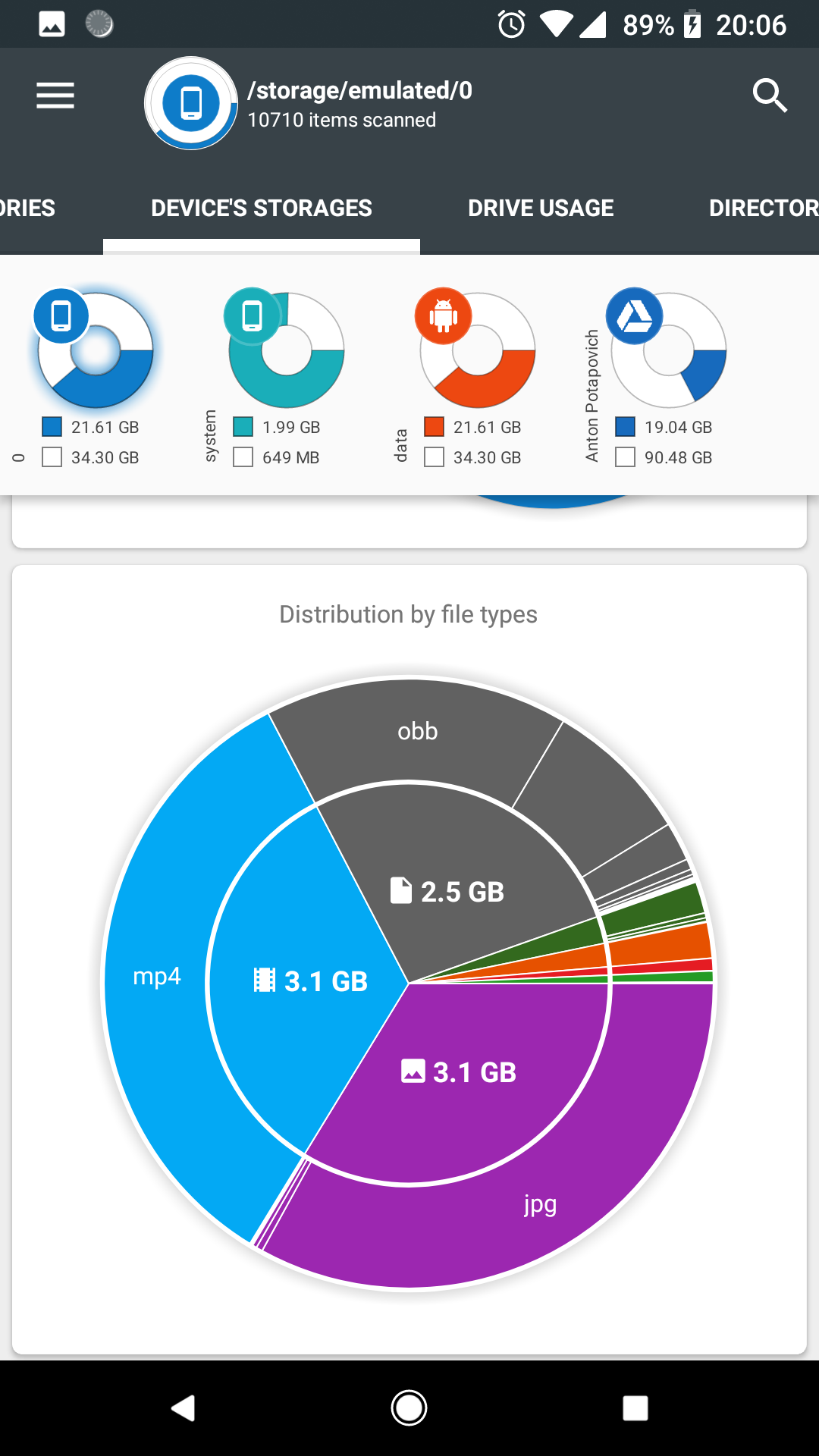
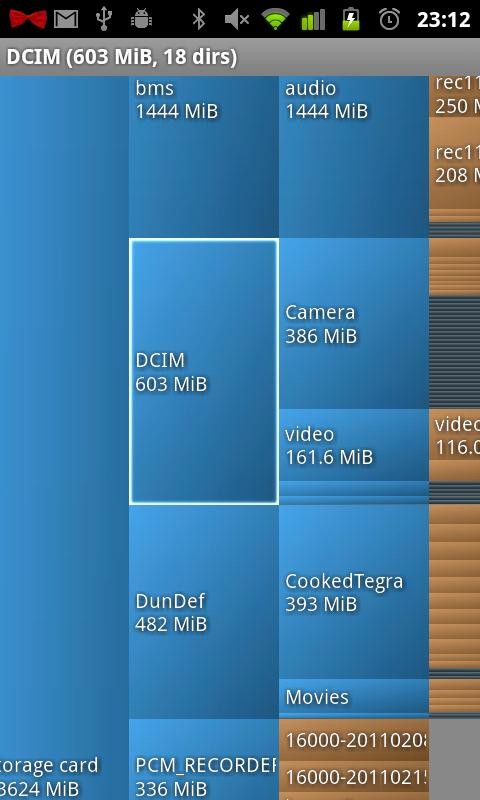

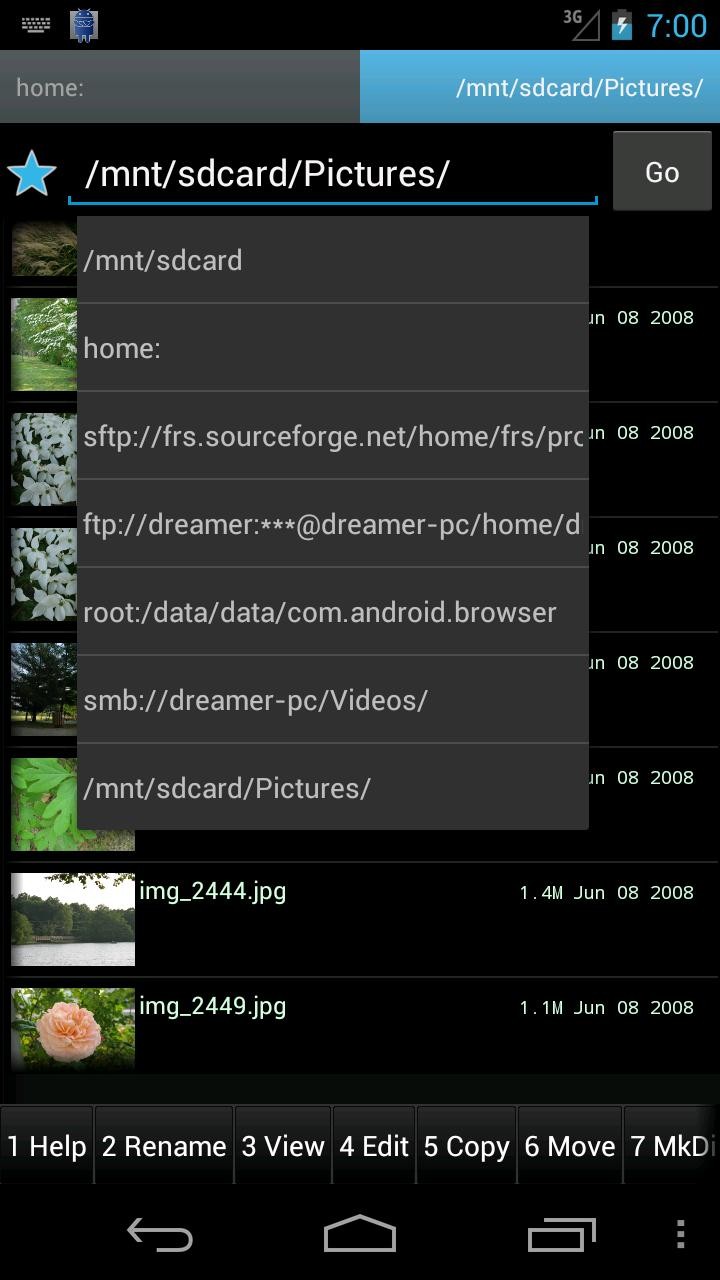


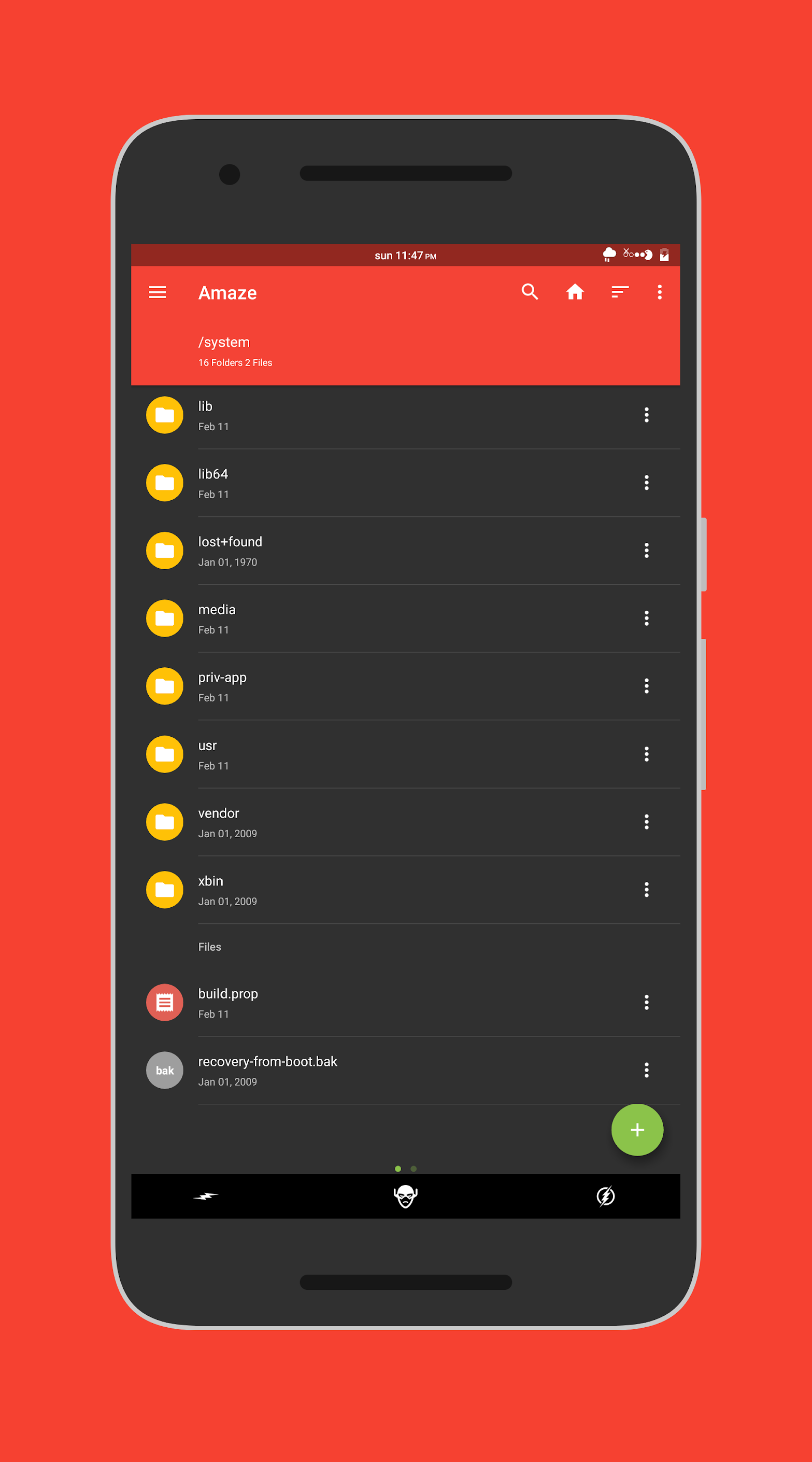










Doesn’t help me at all I’m on boost mobile and there is no sd card to my phone so this is useless as fuck. All i want is a way to find out whats in other and delete anything not needed it should not be this gard to access my phones memory
I just finished reading this article in full and there’s absolutely no information about how to actually access and delete/ ie as in how to click on ” Other and to clean up those miscellaneous files.. the only reason these phone companies makes this so difficult is so that the consumers ( we are the consumers ) will be forced to go out and purchase yet another pricy phone/ device this is how the manufacturers and the phone companies makes their money so they continue to rip off the masses to fill up their pockets plus these online services are already using we the consumers information, browsing and everything else we do / utilize online.. yes, all other the apps too the only true way to get rid of all of this junk entirely is for the entire globe to go back to the dark ages, in which might not be too far from becoming a true reality 🙃 that’s just the overall inevitable approach obviously
Well everything worked awesome for my Samsung Galaxy A10e phone. I have a Motorola phone that has Google file as the app to view items in the storage areas. Its horrible. I will download the file analyzer and hope I can access the other files as easily as I did with my Samsung phone. I will come back an update my comment. This has been the only correct explanation anywhere on the web that gave me clear instructions how to clean out my ‘other’s files. Thank you!
I have two useful reviews of apps described in this article that I’ve used before reading the article, but first I need to address the most ridiculous opening sentence I have read since I heard a spokesmodel advertising a diamond industry conference in Hong Kong by stating that throughout history, the diamond producing companies have been beneficial to the people where the diamonds are mined!!! Are you kidding me?
So, with that simple knowledge in mind, Mx. Mudit’s article states, “Android as an operating system has become quite efficient in recent years. Google has focused a lot on its file management system and apps have gotten a lot cleaner.” My first exhibit of evidence to challenge this bombastic claim is one word: “.thumbnails.” No further rebuttal of this claim is necessary to win the day. But I will proceed for the benefit of other Android OS users that may be new, uninformed, or inexplicably indoctrinated to love Android more than life itself. Exhibit 2: the concept of app cache files that allow poor programmers, and to tempt skilled programmers, to leave crap around when an app is closed.
Cleaning up crap left behind is a FUNDAMENTAL BEST PRACTICE since Alan Turing days . It’s unbelievable we made it all the way into the 21st century where an OS that has spread across the entire planet is created that is designed with such agregious flaws. Exhibit 3: Allowing manufacturers to taylor the OS they release to their liking seems like some kind of homage to when God got ticked off when Nimrod had the idea to build a tower to heaven and the King of Kings implemented the solution to end this endeavor by transmogrifying everyone’s common language into a multitude of tongues. The result, like with Android OS, is confusion, chaos, and incompatibility. For those that lived the dawn of the PC, the multitude of computer forms that existed were many, and even just involving DOS users, business productivity was strangled by umpteen different software programs from umpteen companies that required significant effort to make one company’s product compatible with another. The Bernalillo County Probate Court, Albuquerque, New Mexico, still posts probate forms available to download as Word Perfect files. ¿Porqué? ¡No sé! It comes as no surprise to me that the decade of the ’90s’ economic prosperity was due in a major way to Microsoft becoming the dominant OS with programs that unified the incompatibilities of business IT and immesureably accelerated the speed of commerce, generating a sustained prosperity. So why would you build a Babelistic OS? Business is made efficient when the competing companies meet to establish a uniform standard set of definitions & requirements for new capabilities that are anticipated to become universal throughout an industry. My last exhibit 4 is more semantic, being based on knowledge of the software development life cycle, SDLC, & decades of using a lot of programs (that was the term before “a lot of apps”). As mentioned earlier, established requirements coerce a uniformity of products. The Apple iOS, as an example of the UI/UE, has strict requirements. Here, in ALL apps, there will be a consistent ‘back’ arrow on every screen requiring one. The Android apps will exhibit hit-or-miss design where you may have a mix of arrows & pages with some requiring you to use the Squid Game symbols or buttons as the case my be. Quality Control is a component of the SDLC. Why isn’t it required here? I’ll wrap it up with just those argumets because, a) what I want to comment on is two of the apps in this article I use, and b) I’m not going to keep hitting a person when they’re down, c) my seared Wagyu medallions with black currant and pomegranate marmalade have just come to the table.
File Manager + is an excellent app. The Analyze feature is a go-to function for me on my 16G phone. Can find .thumbnails file & nuke it! Although some of the app caches don’t get found in the Analyze app cache listing, e.g. Instagram, TikTok & others.
Disk Usage has the best user interface for its purpose than ANY UI I’ve seen since 1977, including the Lynx browser. I mean this! Swiping, autosizing, pinch zooming, sorting, feels like Tom Cruise’s virtual screen in Minority Report. I emailed the creator to tell him how elegant his UI is but got an undeliverable message. 🙁 By simply browsing around in the itty bitty sized app files components, I by chance found the sound files for the Google Map navigator as simple .ogg files that you can easily replace with your own recorded versions to add the necessary profanity & sound effects that are glaringly absent in the OEM version, or such as you like! (Android version dependent. Search for a forum article giving instructions & thoughts on fixing some resetting that occurs.) Wanna see the cache sizes sorted into a scaled, stacked bar chart kind of look? Just search “cache” & enjoy an instantly informative graphical folder hierarchy display of which app has the crappiest developers. But really, if the app isn’t exactly what you need, please play with it to experience the UI & post your opinion here.
Disc Usage didn’t even show the huge “other files” I am trying to get rid off.
None of this works to get rid of ‘other’ files on my Samsung s20.
This article is completely fucking useless and contains zero information about what’s in the “other” folder and how to delete it. I’ll just leave some SEO here so hopefully future searches will take users right to this comment so they don’t waste timenon what you worthless hacks put here.
What is orher and how do I delete it? Qhy can’t I access “other” files
Android storage other
Samsung storage other